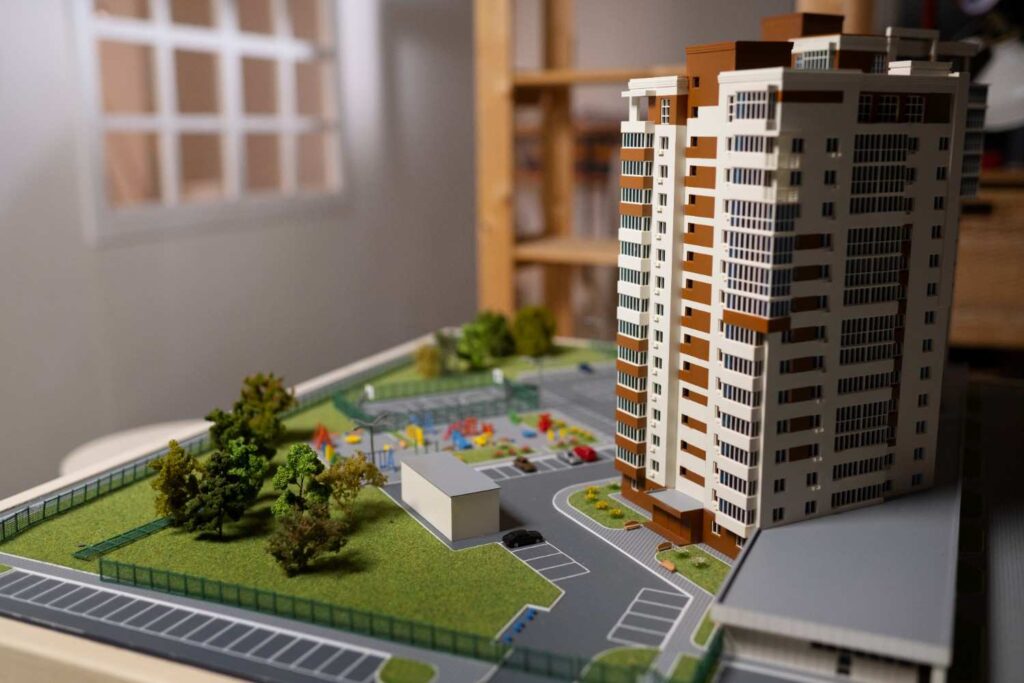
Did you know that most of construction project delays are due to poor planning and communication, often stemming from inadequate site surveys? This checklist is the game-changer contractors wish they had on day one. Ensure a smooth project kickoff and avoid costly oversights with our comprehensive guide.
Why a Detailed Site Survey is Your Project’s Foundation 🧱
A thorough construction site survey is more than just a preliminary look; it’s the bedrock upon which your entire project’s success is built. Skipping or rushing this crucial step can lead to a cascade of problems, including:
- Unexpected Costs: Discovering unforeseen site conditions like buried utilities or unstable soil after breaking ground can drastically increase expenses.
- Project Delays: Reworking plans or dealing with unexpected obstacles consumes valuable time, pushing back deadlines.
- Safety Hazards: Failing to identify potential risks like uneven terrain or overhead power lines can create dangerous working conditions.
- Legal Issues: Boundary disputes or environmental concerns identified late in the process can lead to costly legal battles.
Investing time and effort in a comprehensive site survey upfront mitigates these risks and sets the stage for a successful and efficient construction project.
The Essential Construction Site Survey Checklist ✅
This checklist covers the critical aspects of a thorough site survey. Customize it to fit the specific needs of your project.
I. Site Information & Documentation:
- ✔️ Project Name and Location
- ✔️ Date and Time of Survey
- ✔️ Surveyor(surveyorss) Names and Contact Information
- ✔️ Weather Conditions
- ✔️ Existing Site Plans and Drawings (if available)
- ✔️ Property Boundaries and Corner Markers (GPS coordinates if possible)
- ✔️ Easements and Rights-of-Way
- ✔️ Photographic and Video Documentation of Existing Conditions
II. Topography & Terrain:
- ✔️ General Slope and Contours of the Land
- ✔️ Identification of High and Low Points
- ✔️ Presence of Hills, Valleys, or Depressions
- ✔️ Evidence of Erosion or Instability
- ✔️ Existing Vegetation (type, size, and density)
- ✔️ Water Features (ponds, streams, wetlands) and Drainage Patterns
III. Existing Infrastructure & Utilities:
- ✔️ Location and Condition of Existing Buildings or Structures
- ✔️ Overhead Power Lines and Utility Poles
- ✔️ Underground Utilities (gas, water, sewer, electricity, telecommunications) – Mark locations if known.
- ✔️ Access Roads and Existing Paved Areas
- ✔️ Fencing, Walls, and Other Site Features
IV. Environmental Considerations:
- ✔️ Evidence of Wetlands or Protected Areas
- ✔️ Potential Presence of Hazardous Materials
- ✔️ Soil Conditions (visual assessment – soil testing required for detailed analysis)
- ✔️ Floodplain Information
- ✔️ Noise Sensitivity of Surrounding Areas
V. Accessibility & Logistics:
- ✔️ Access Points for Equipment and Materials
- ✔️ Potential Staging Areas
- ✔️ Availability of Water and Power Sources for Survey Work
- ✔️ Potential Obstructions to Site Access
VI. Regulatory & Permitting:
- ✔️ Zoning Regulations and Setback Requirements (preliminary check)
- ✔️ Potential Environmental Permits Required (preliminary assessment)
Putting the Checklist into Action 🚀
Don’t just print this checklist; use it actively during your site survey. Assign responsibilities to team members, take detailed notes, and ensure thorough documentation. Consider using drone technology or specialized surveying equipment for enhanced accuracy and efficiency.
Partner with the Experts for Precision and Peace of Mind 🤝
For complex projects or when precise data is critical, consider partnering with a professional surveying company. Their expertise and advanced equipment can provide invaluable insights and help you avoid costly mistakes down the line.
.
